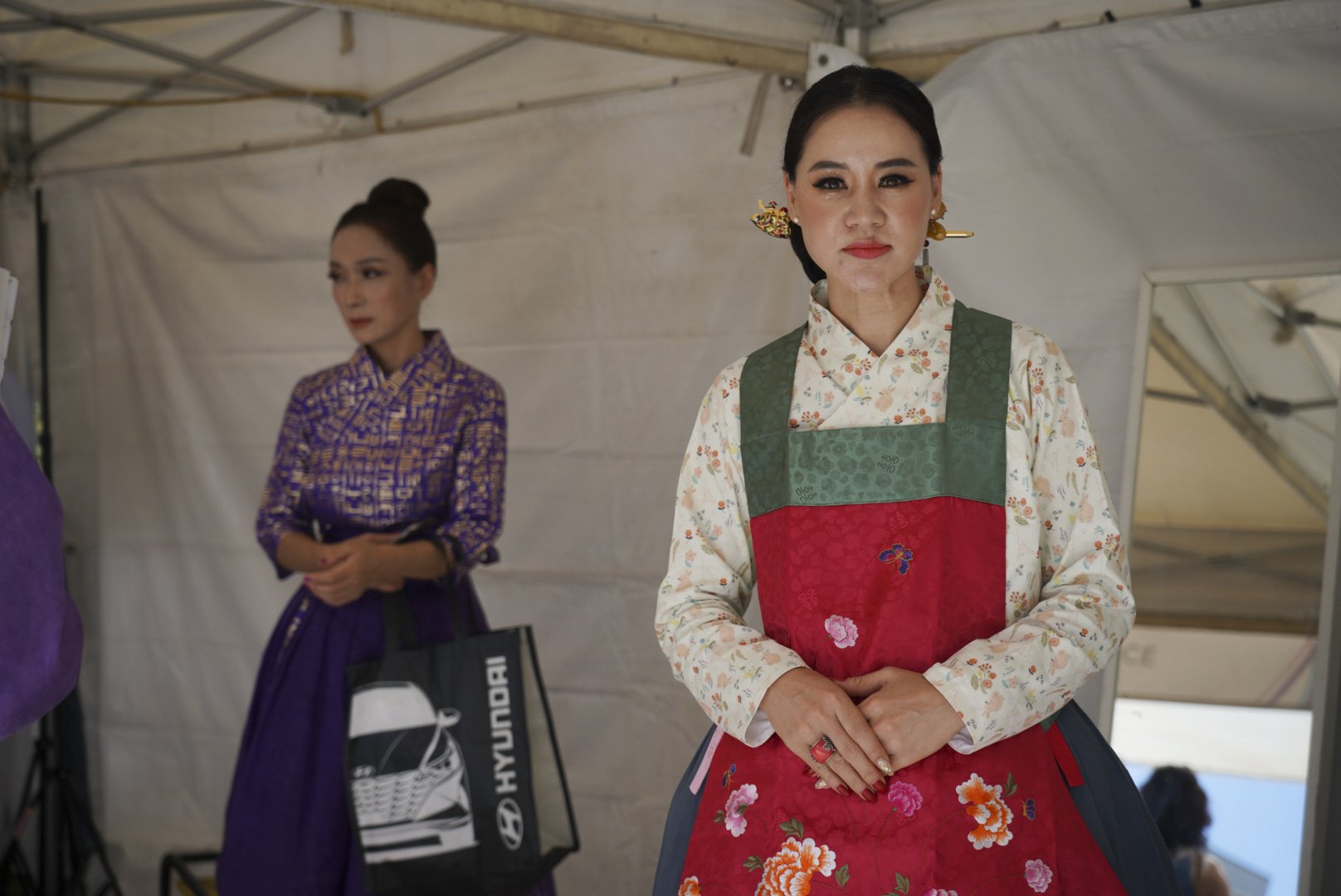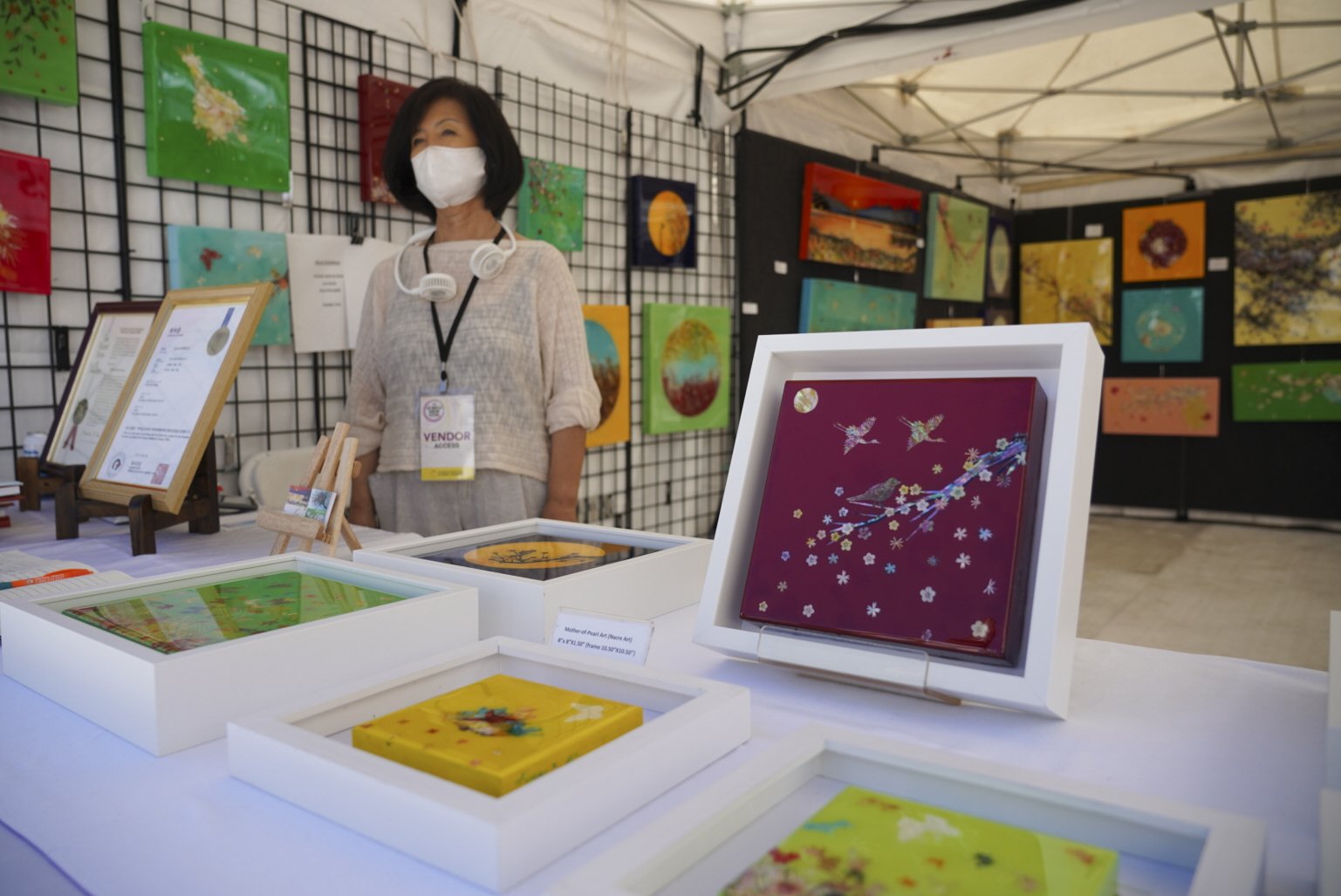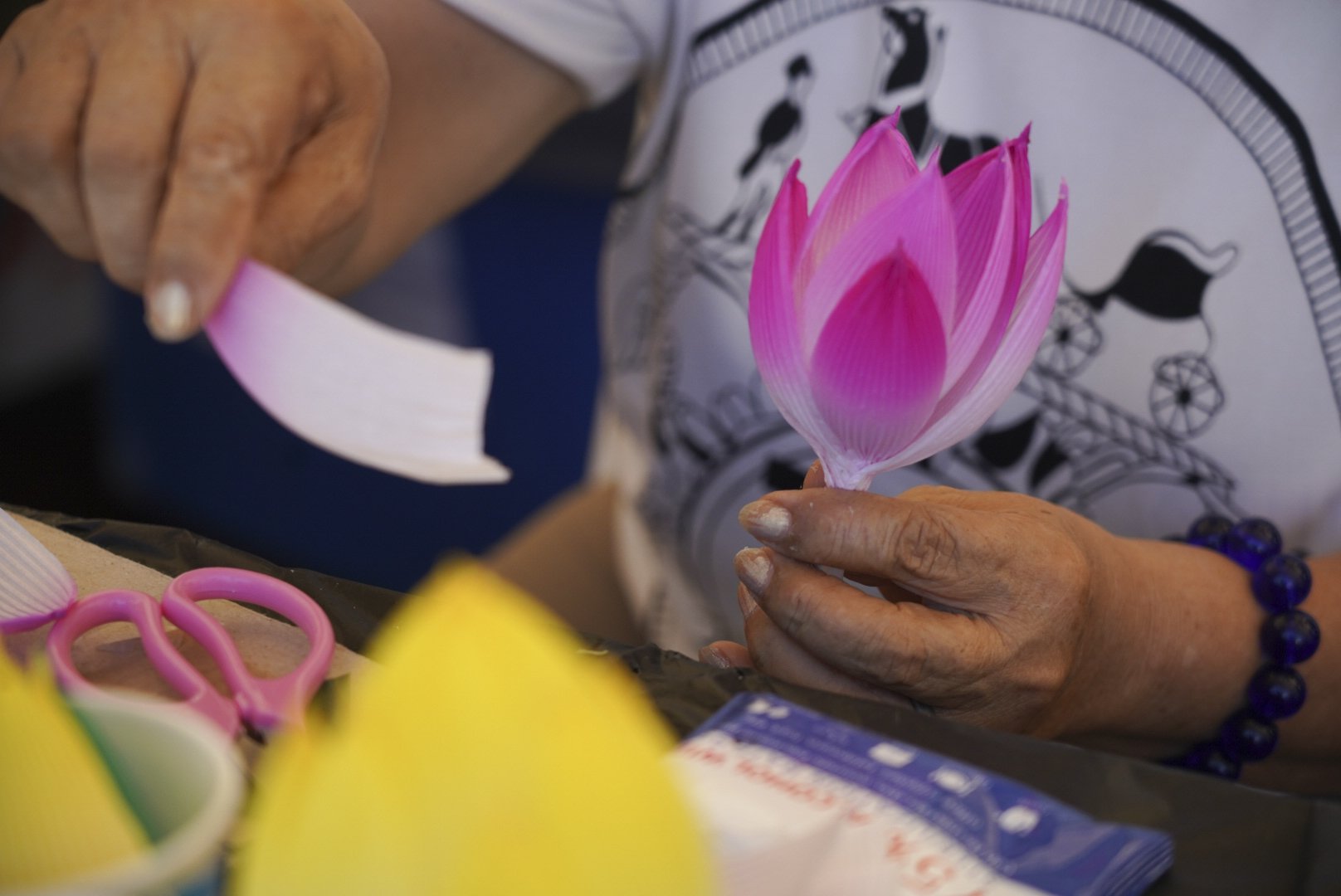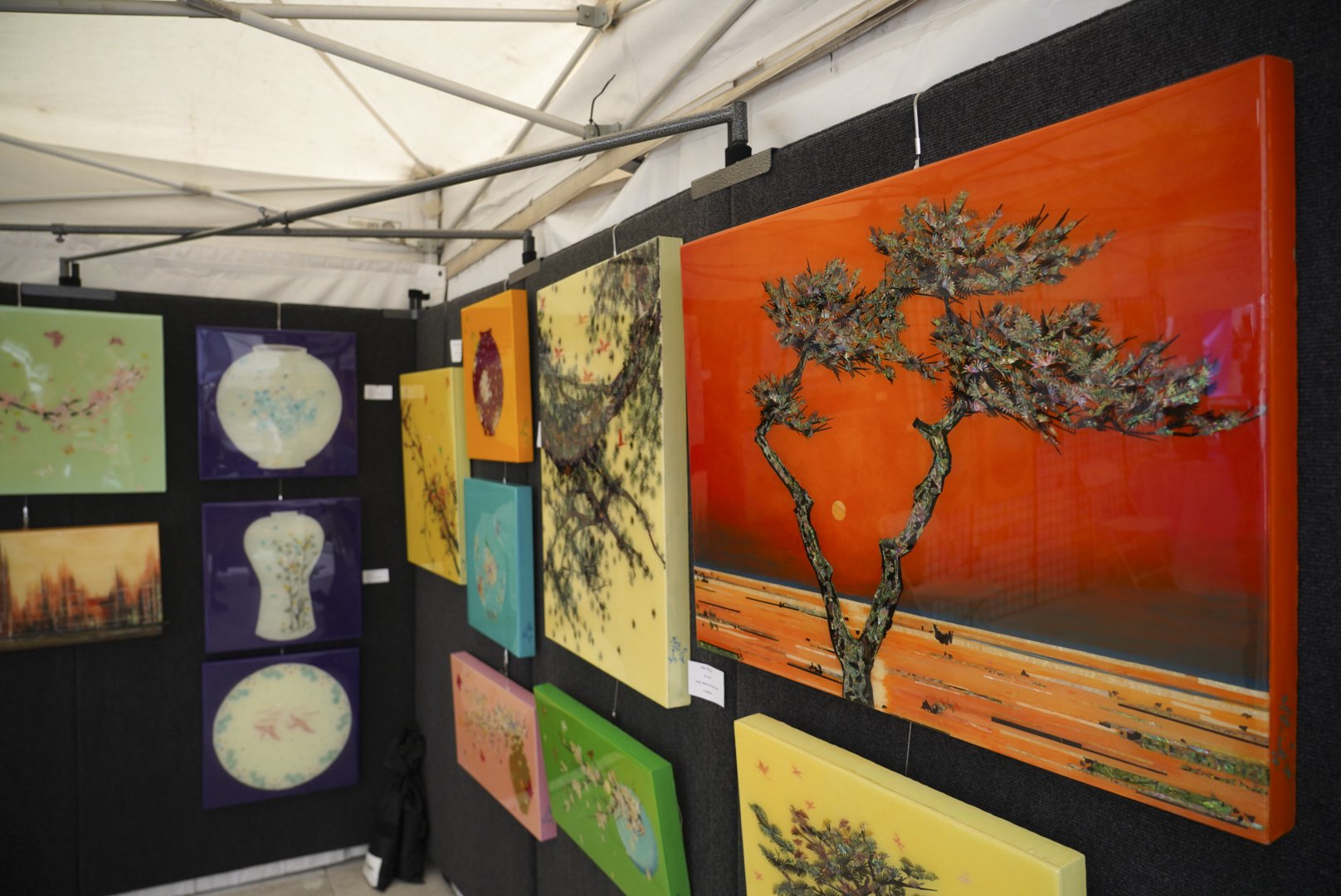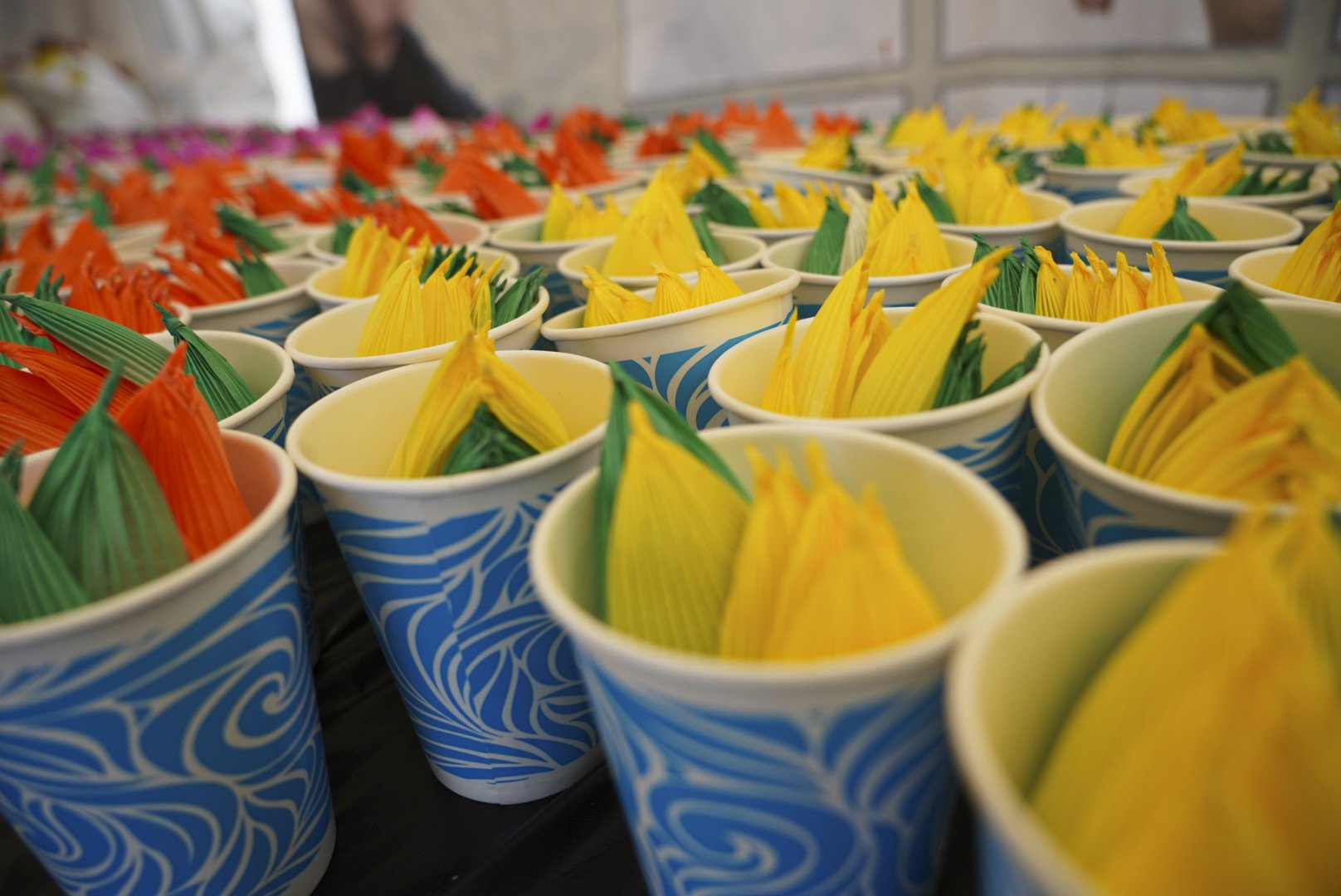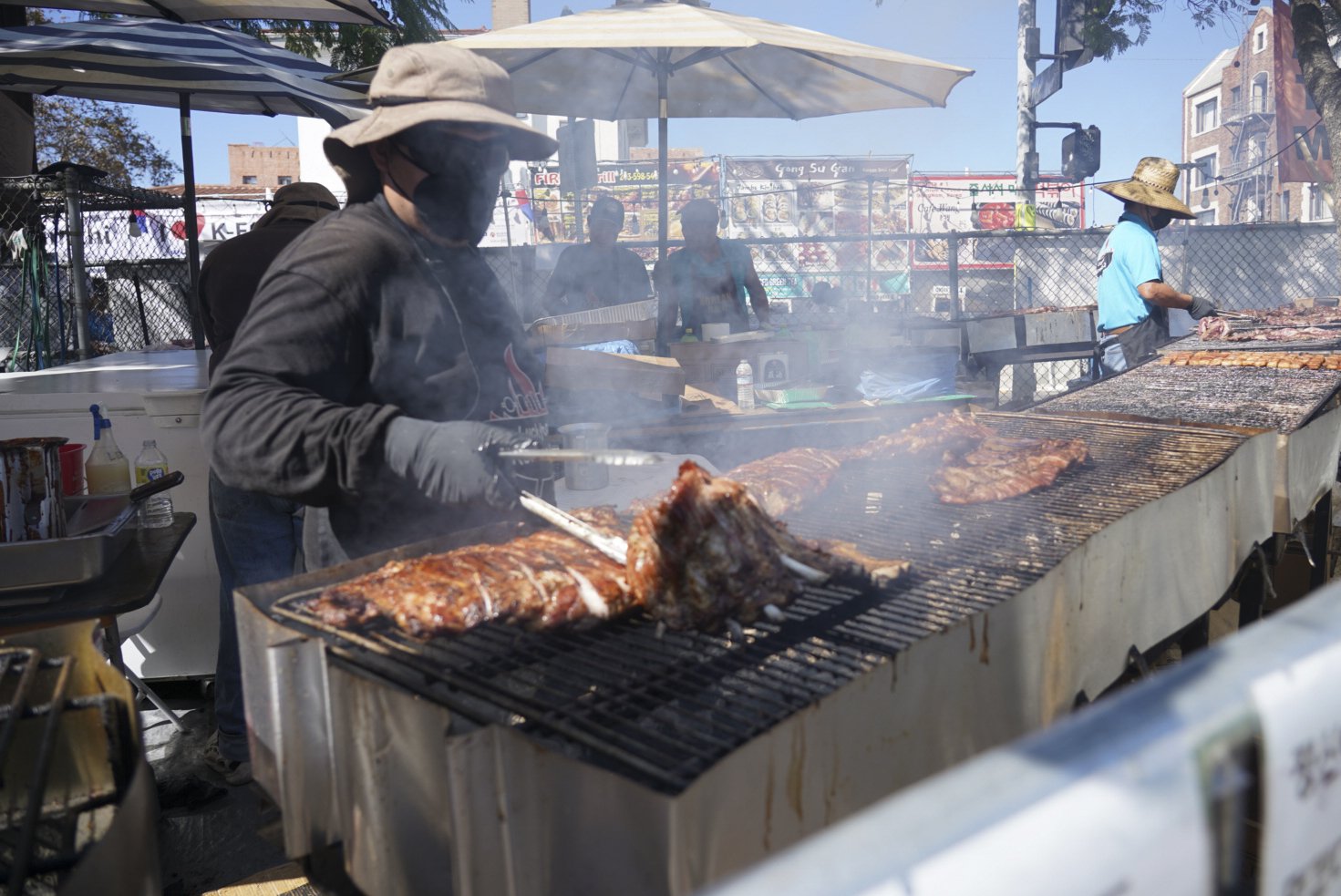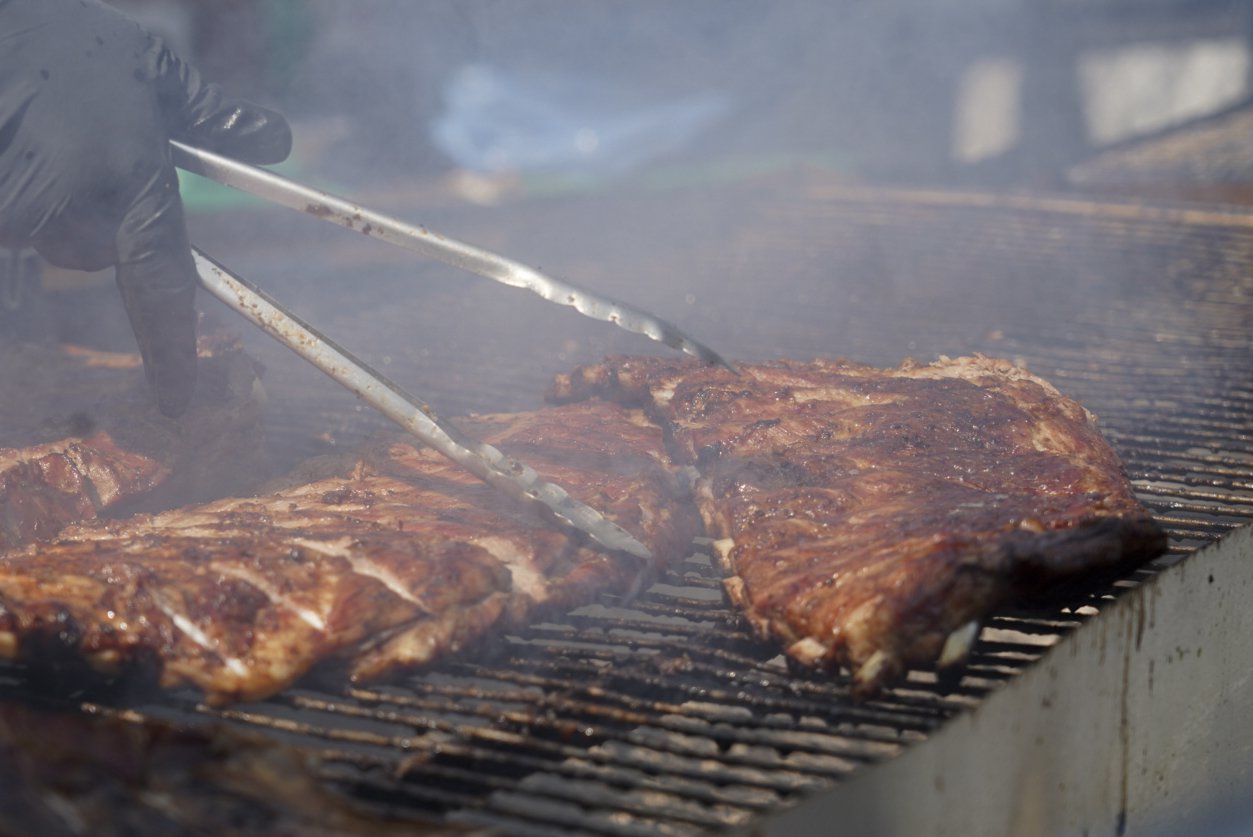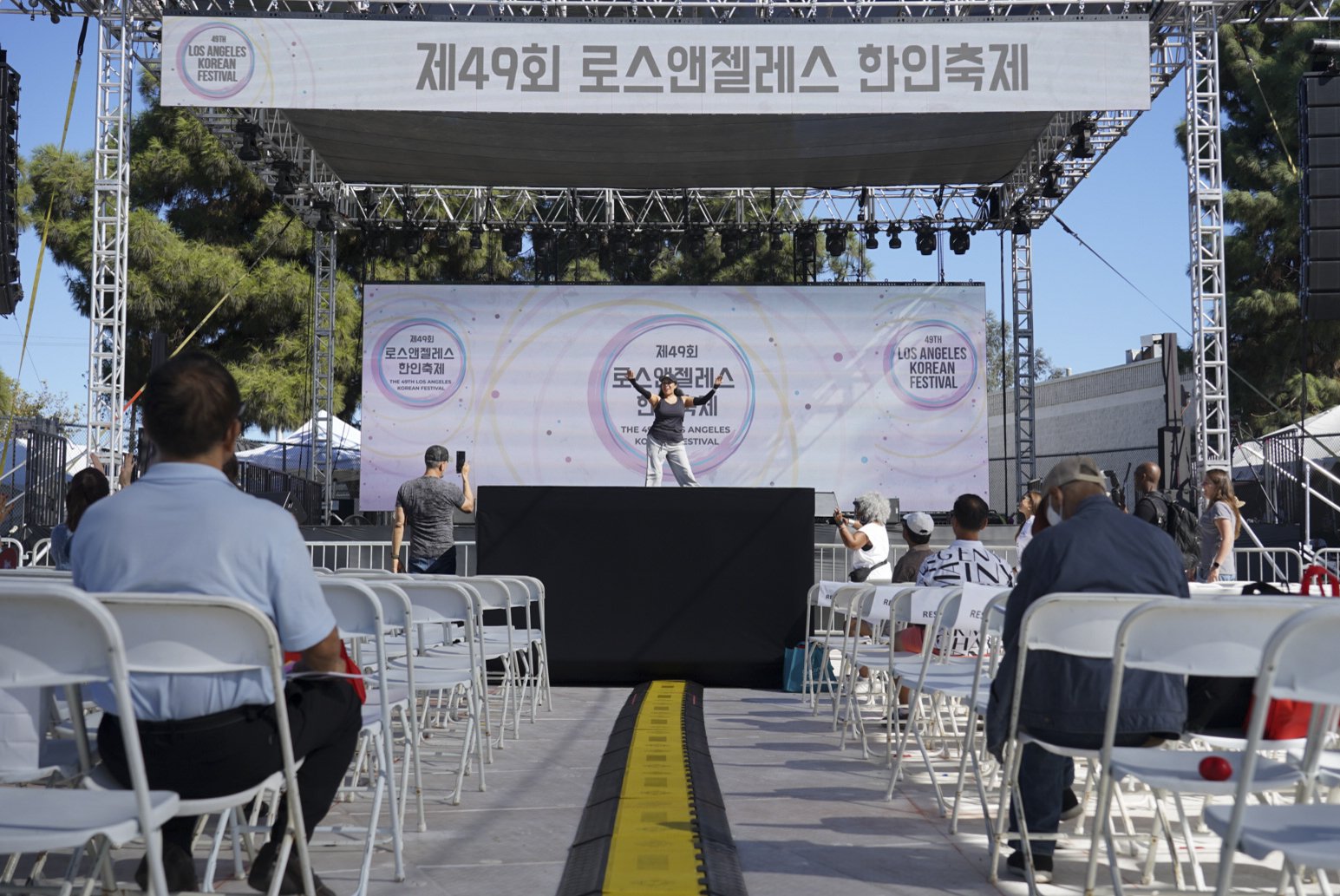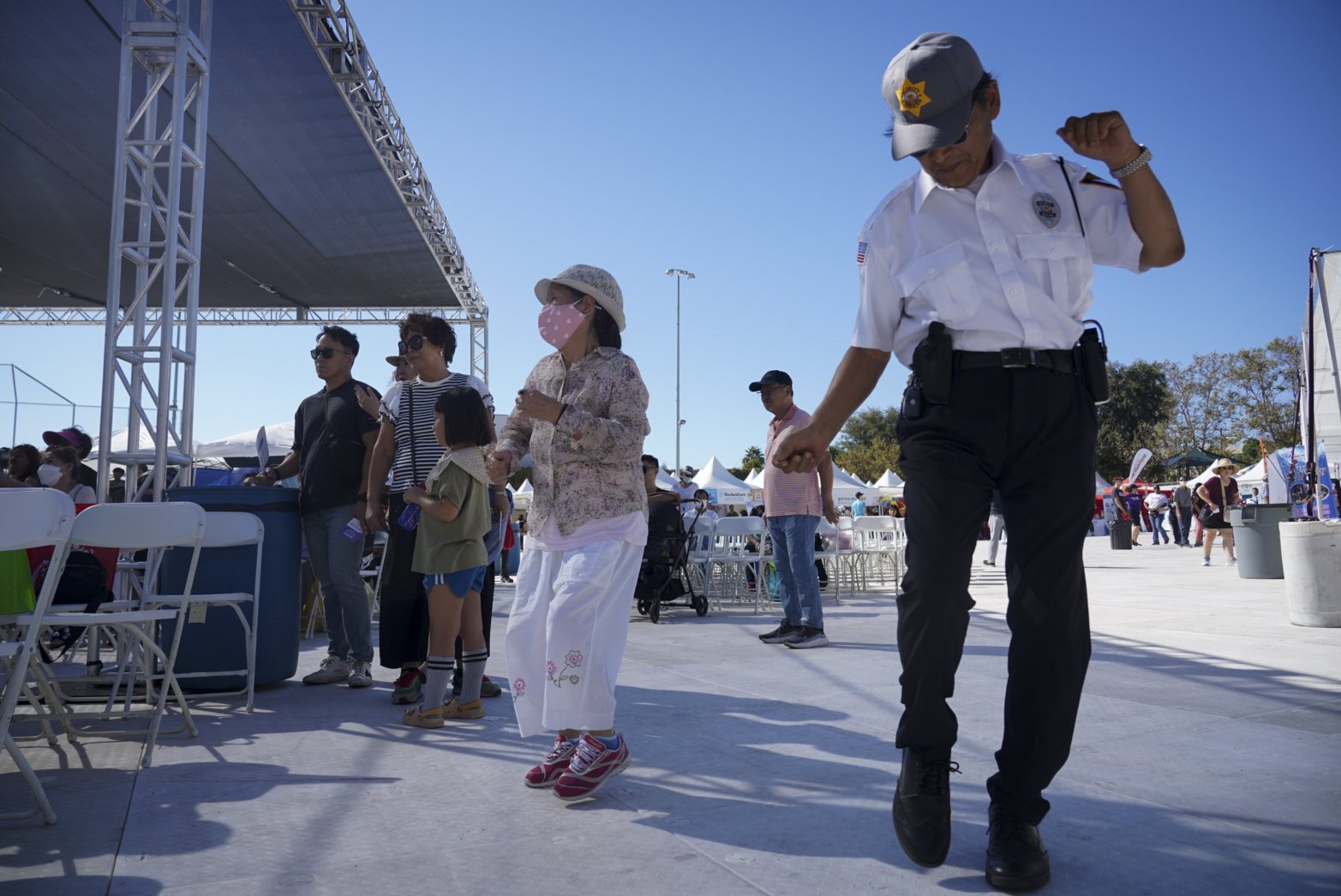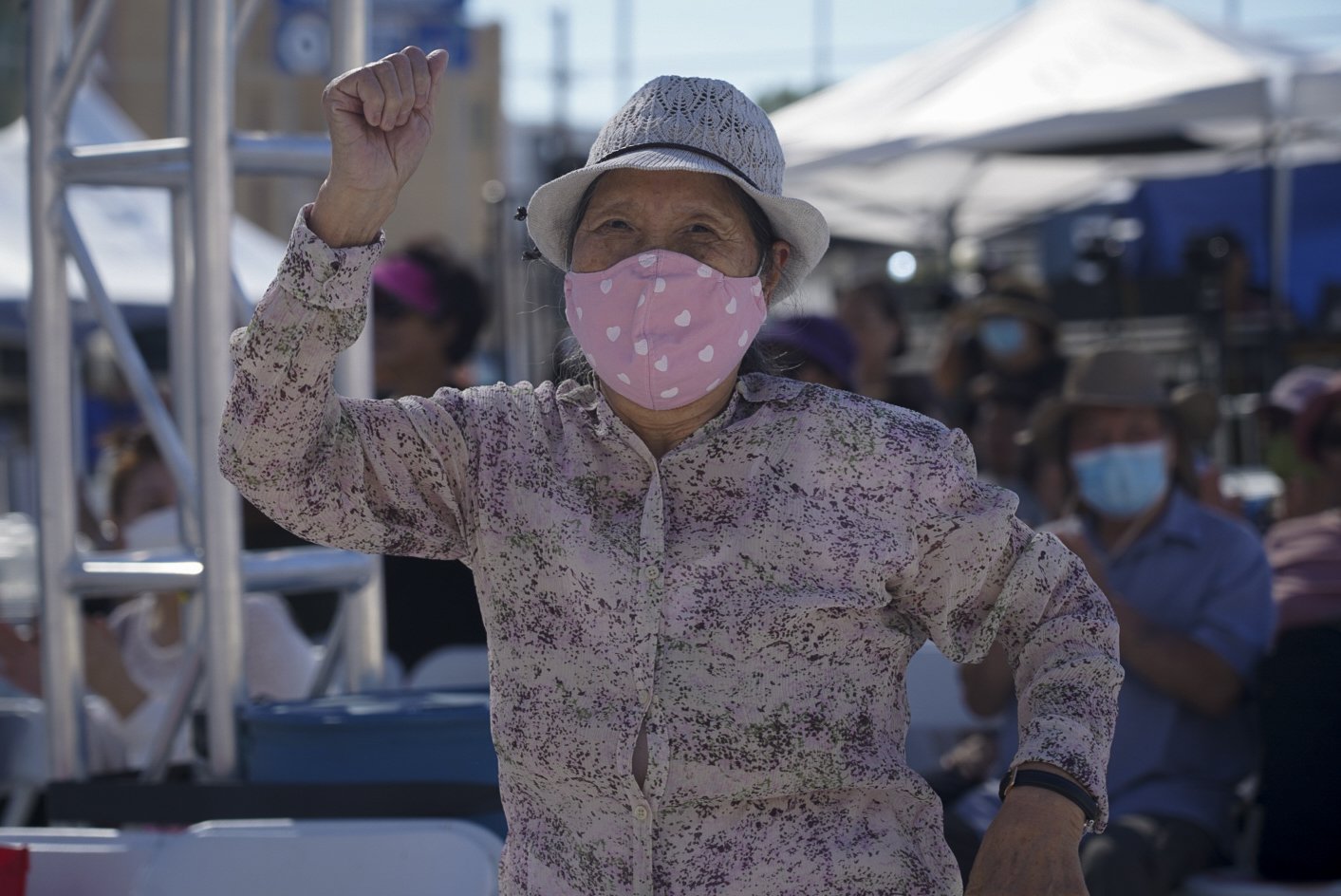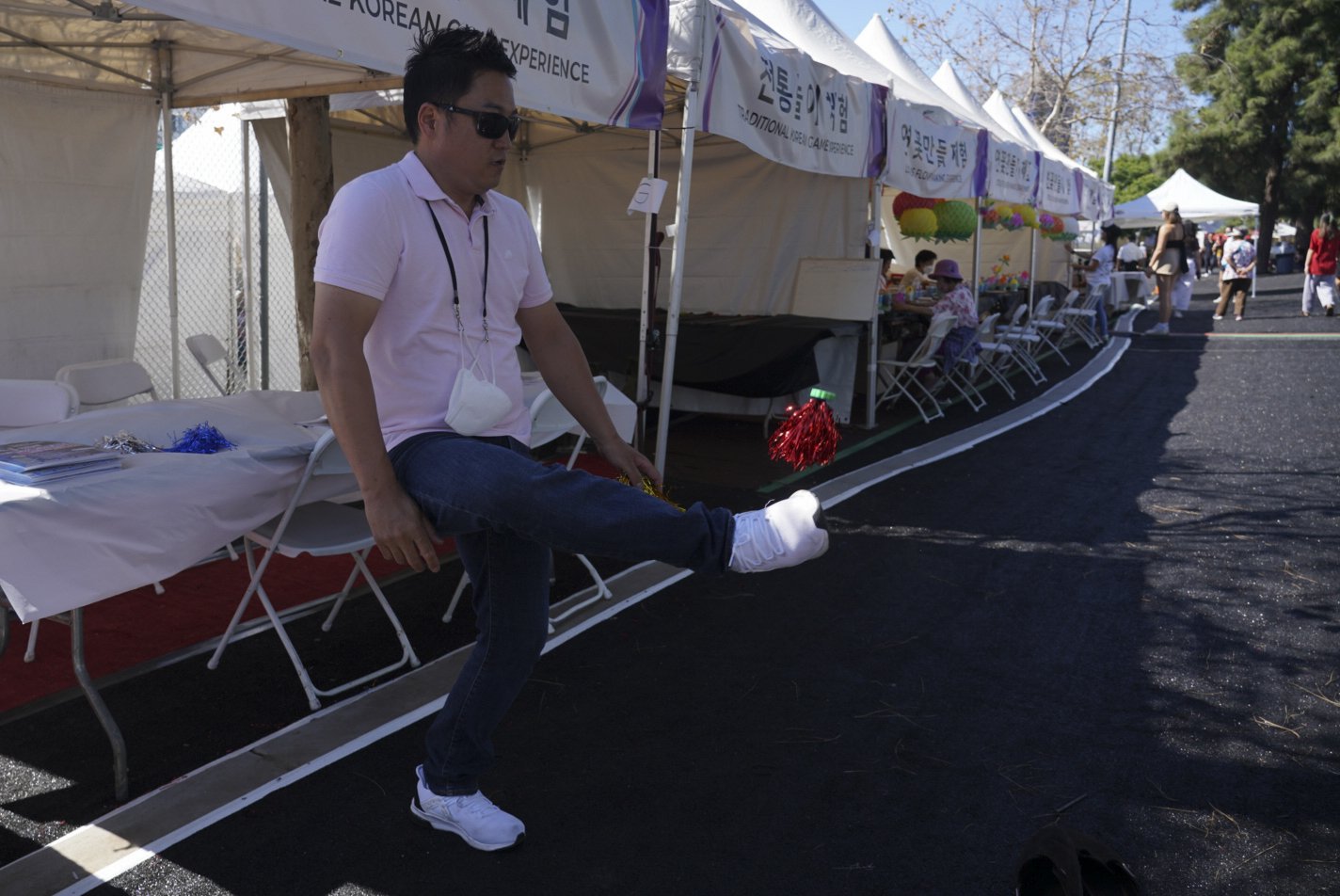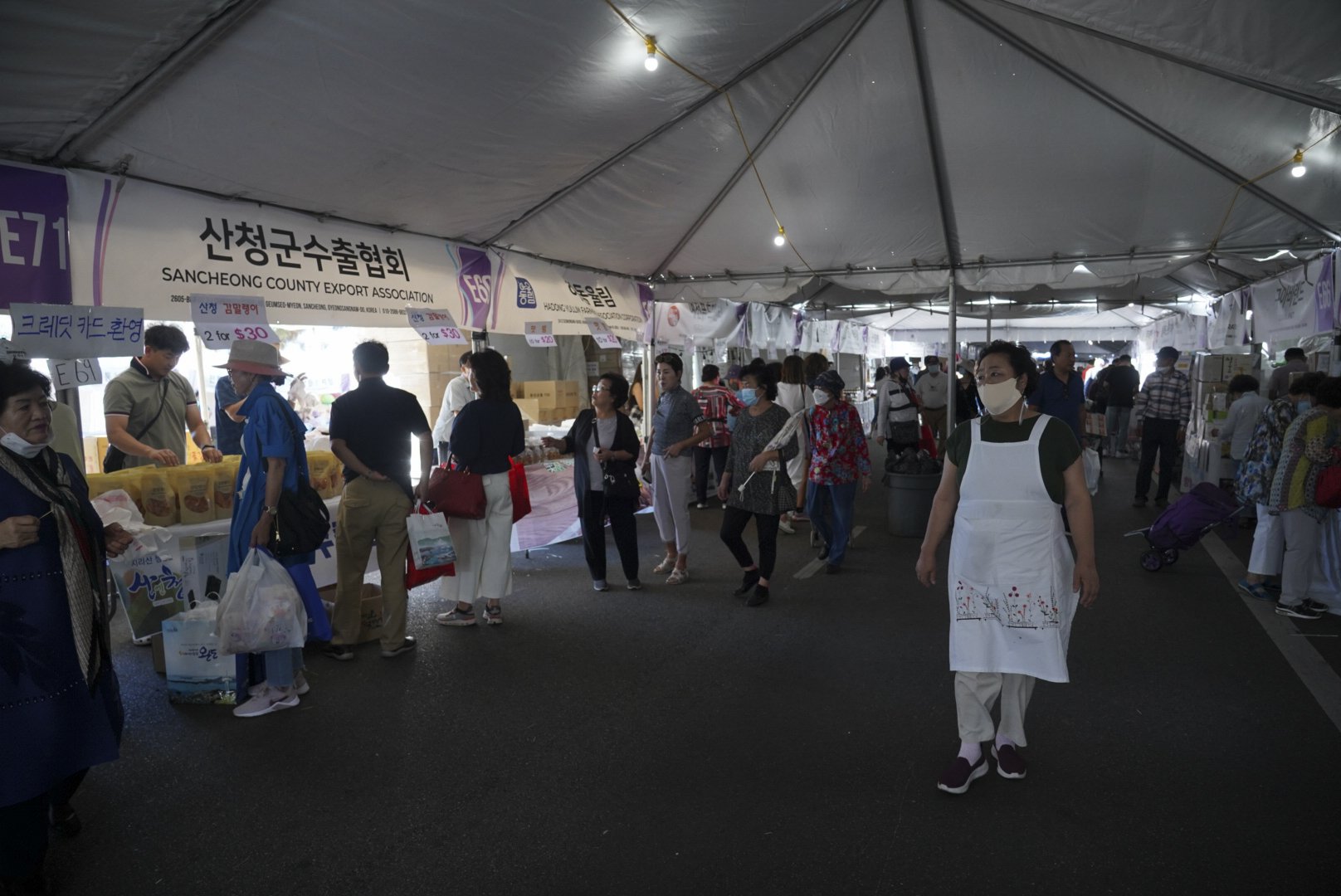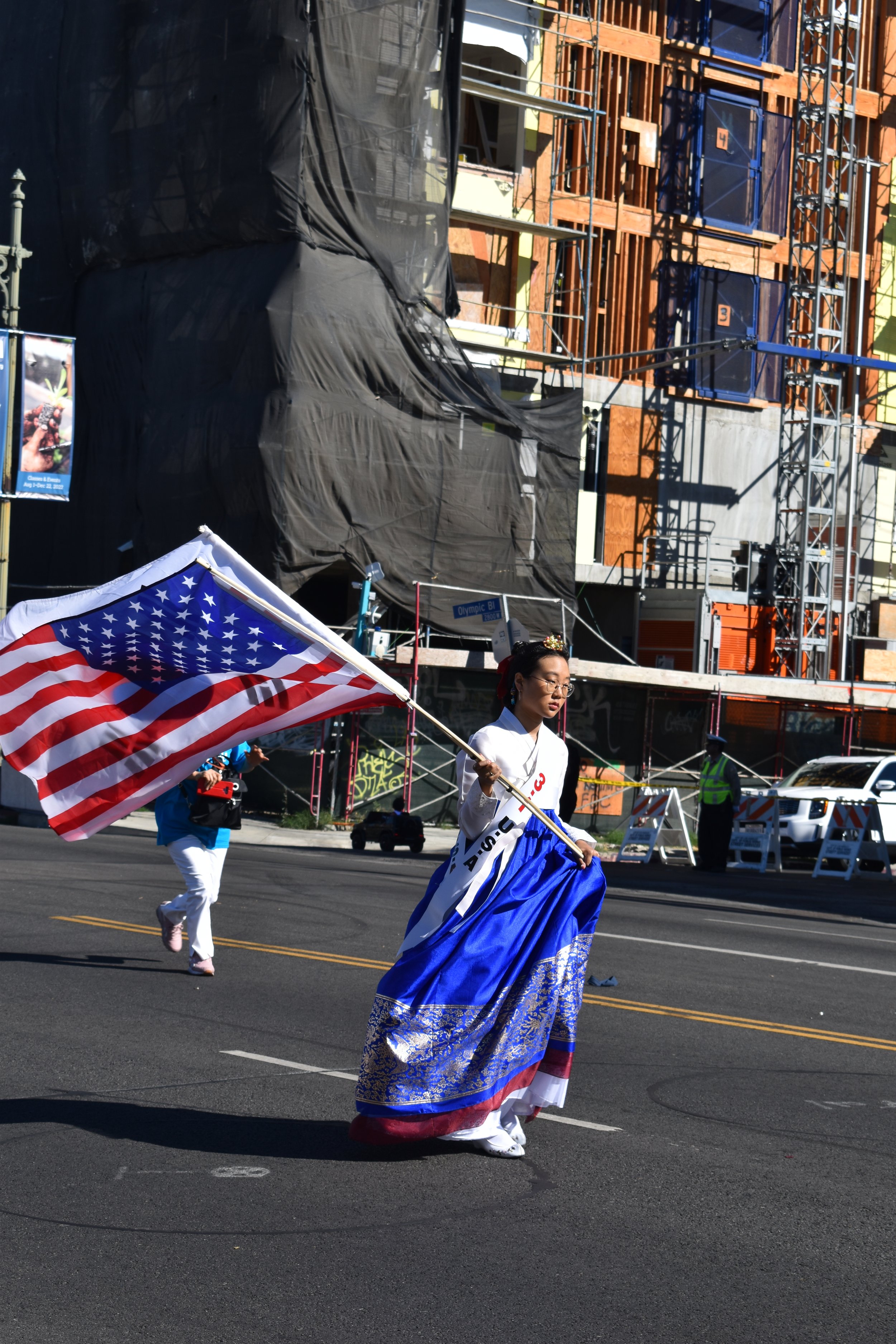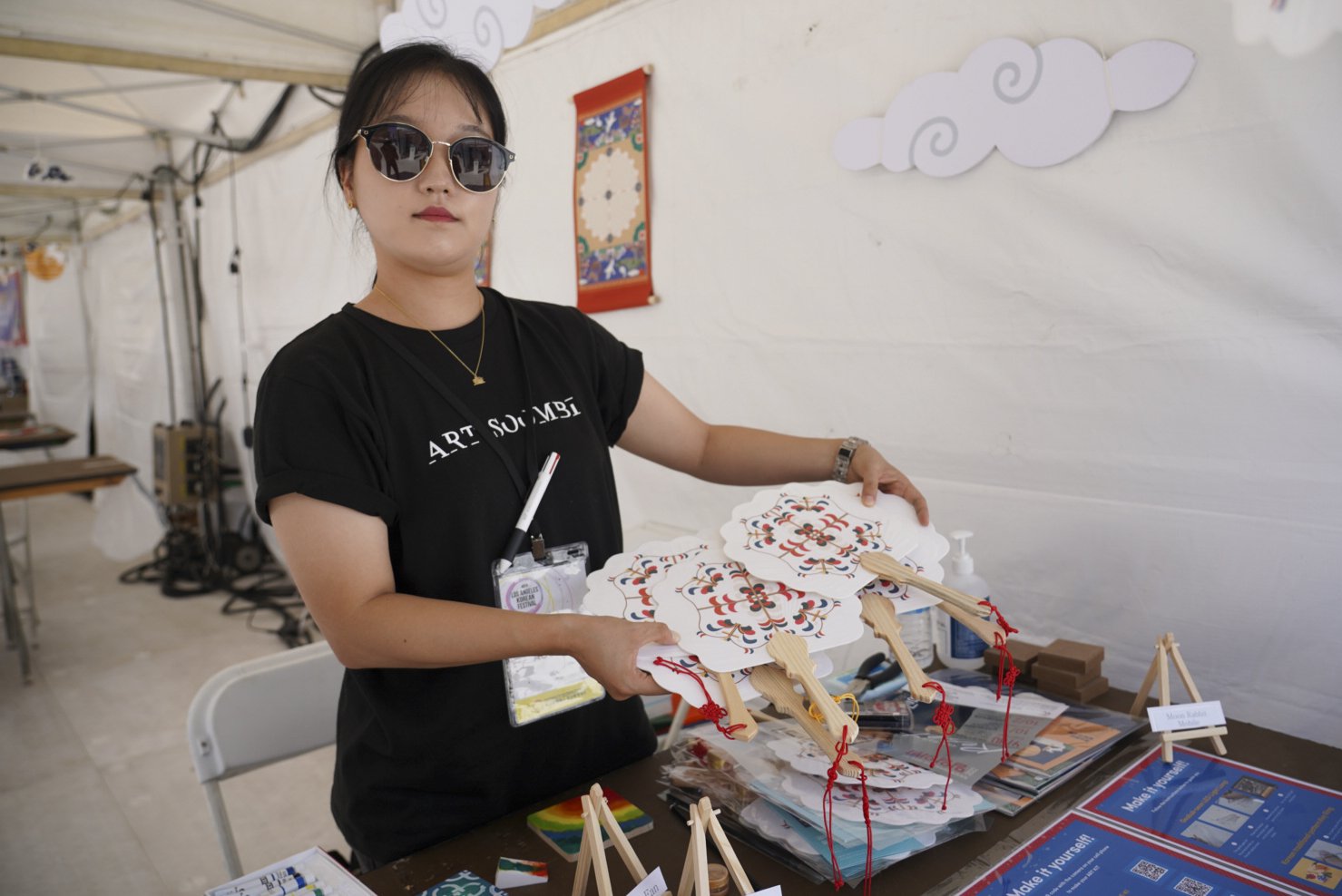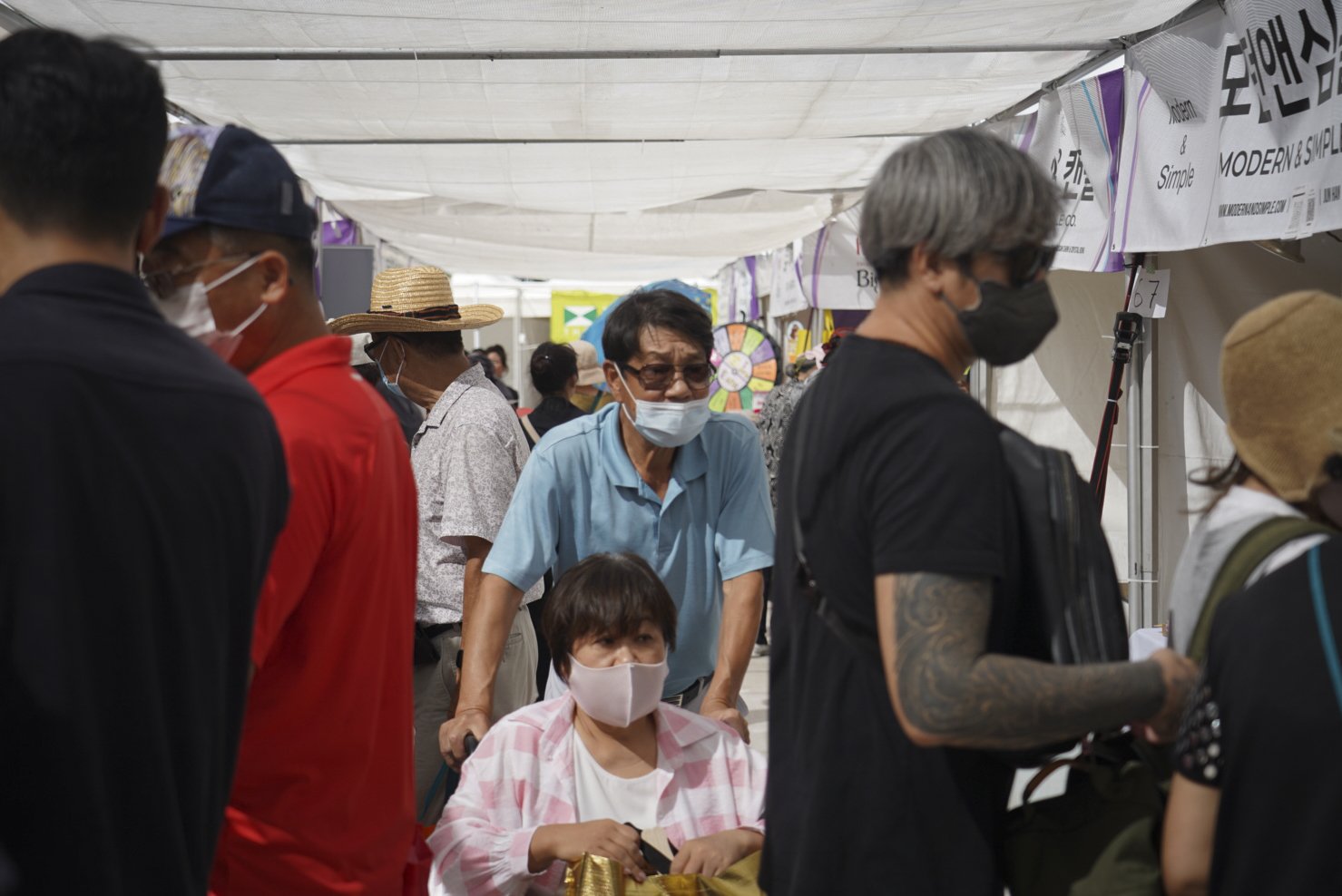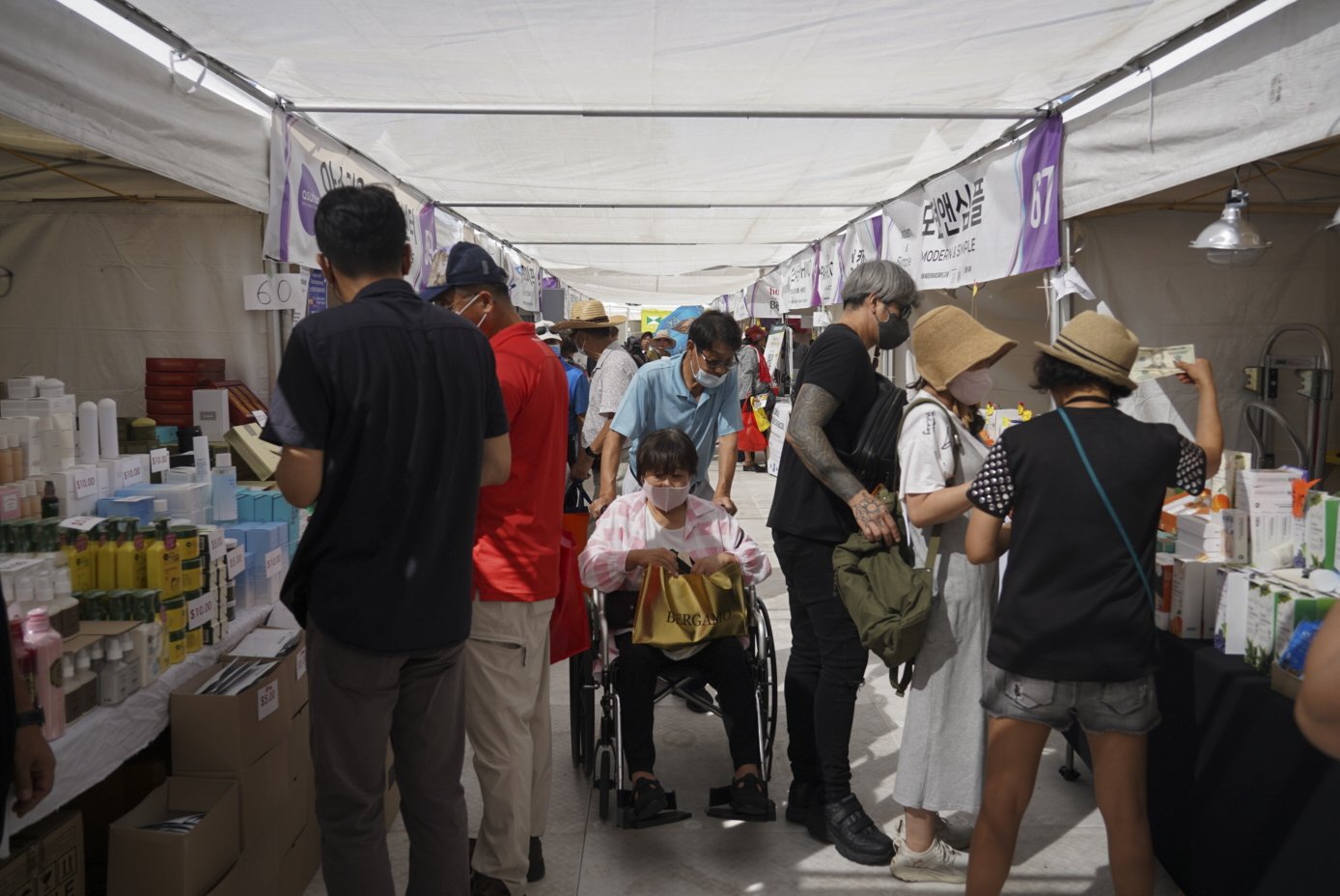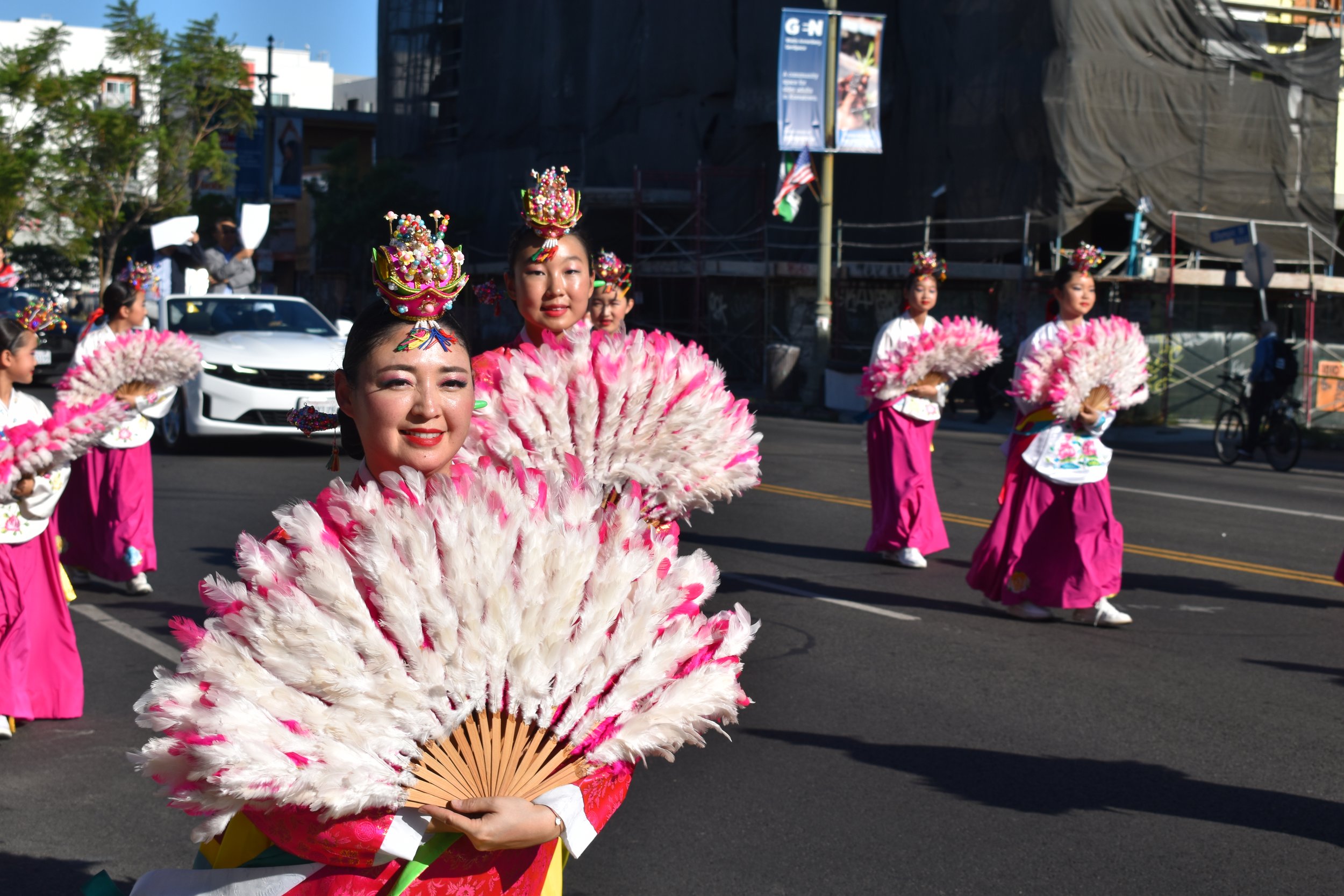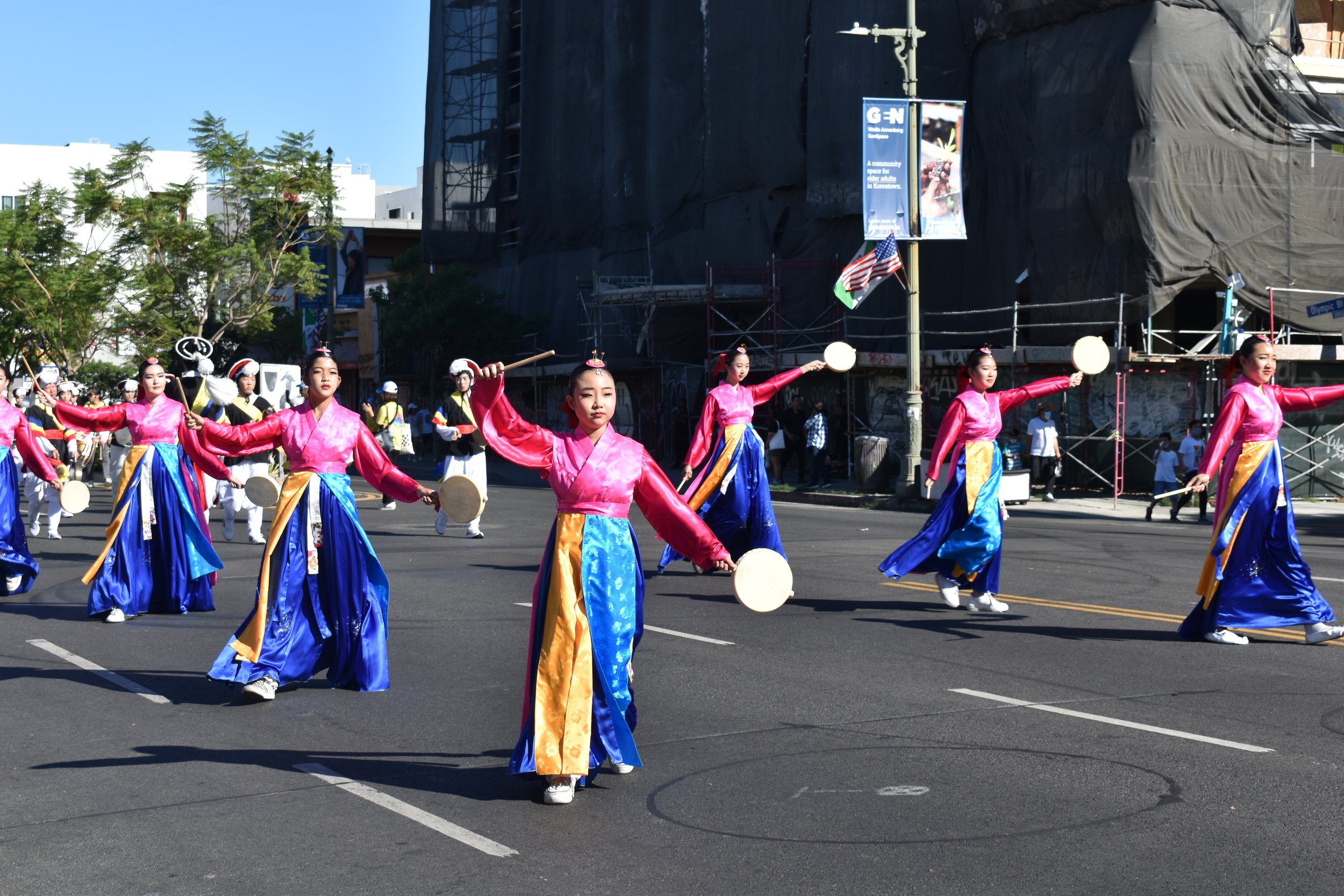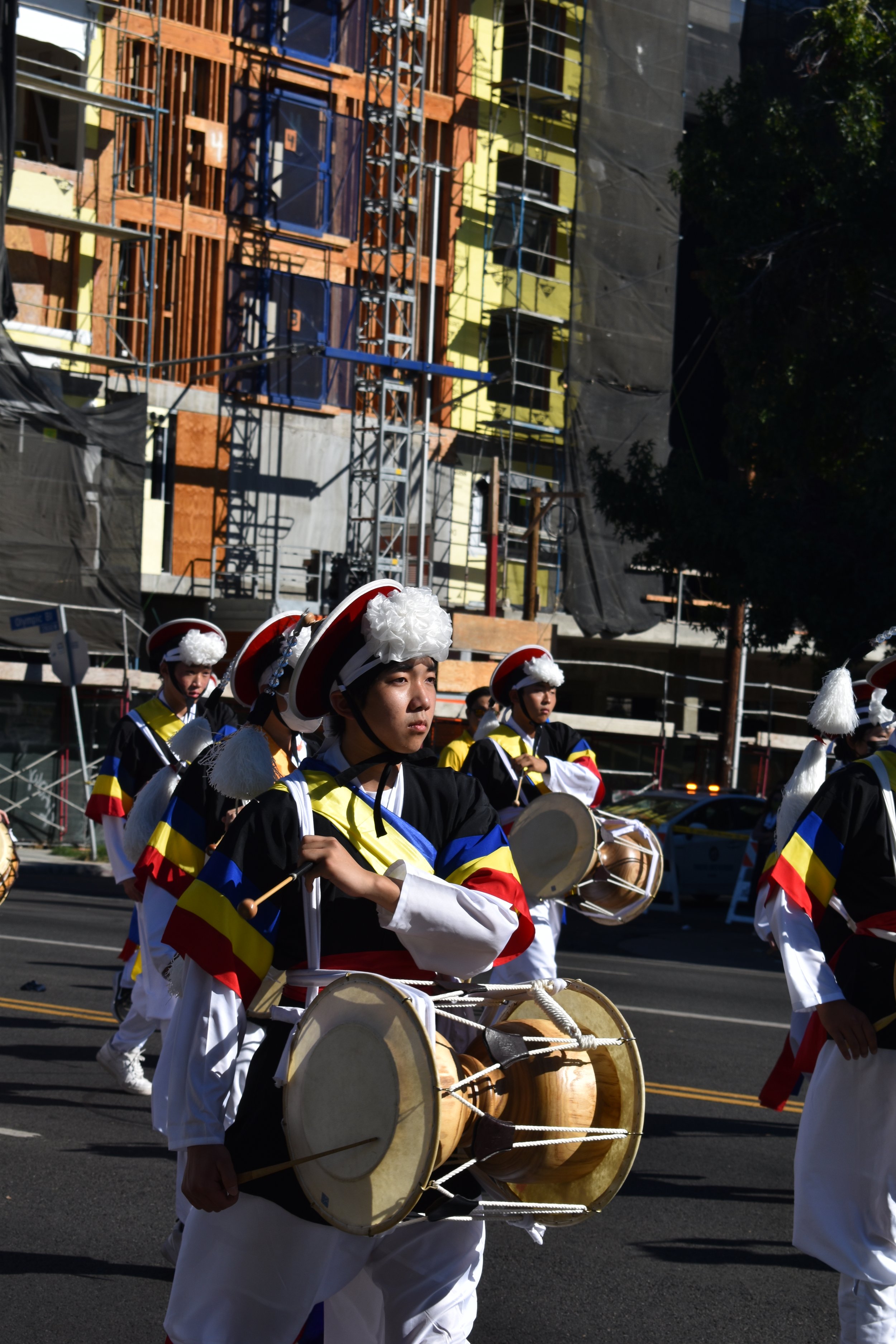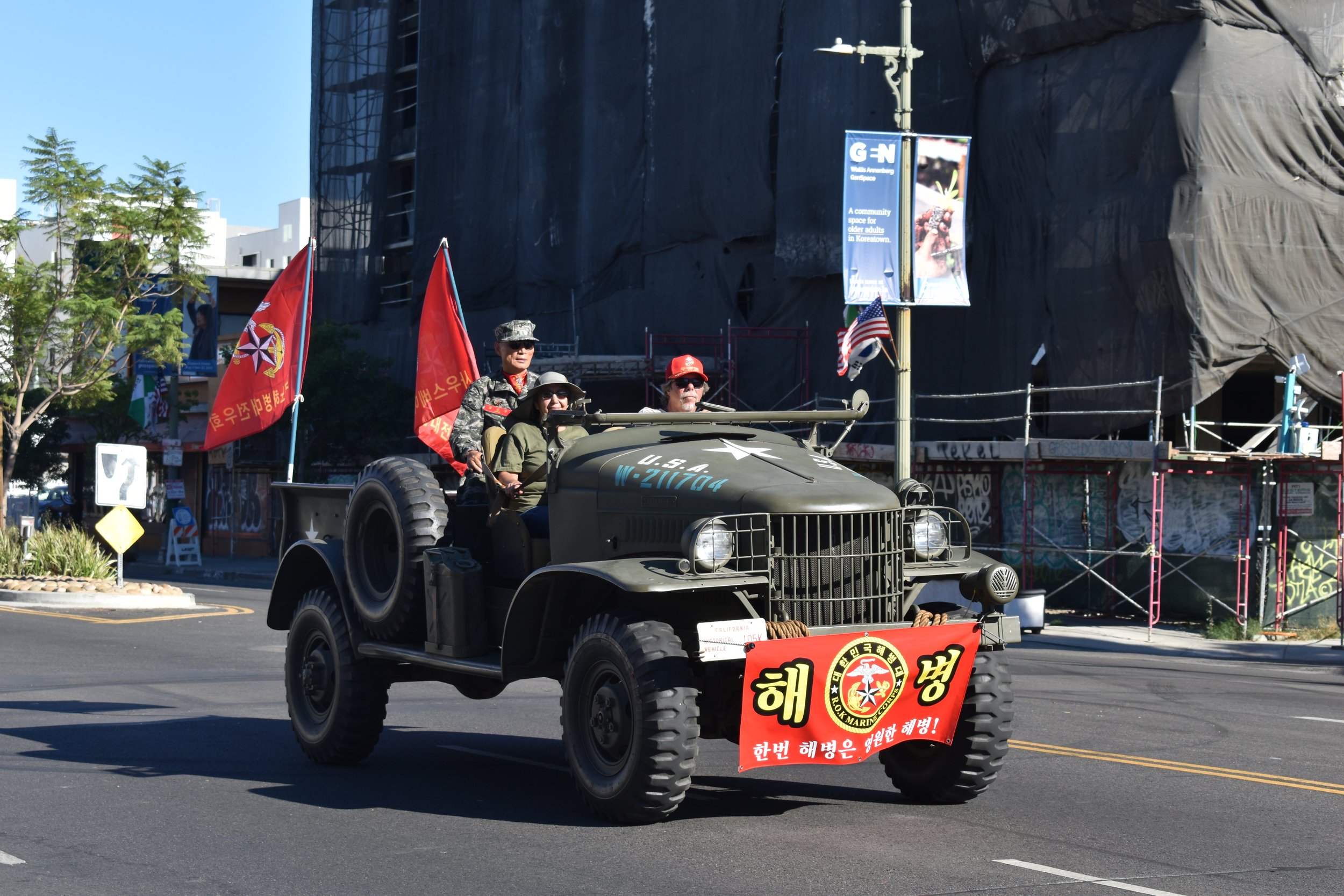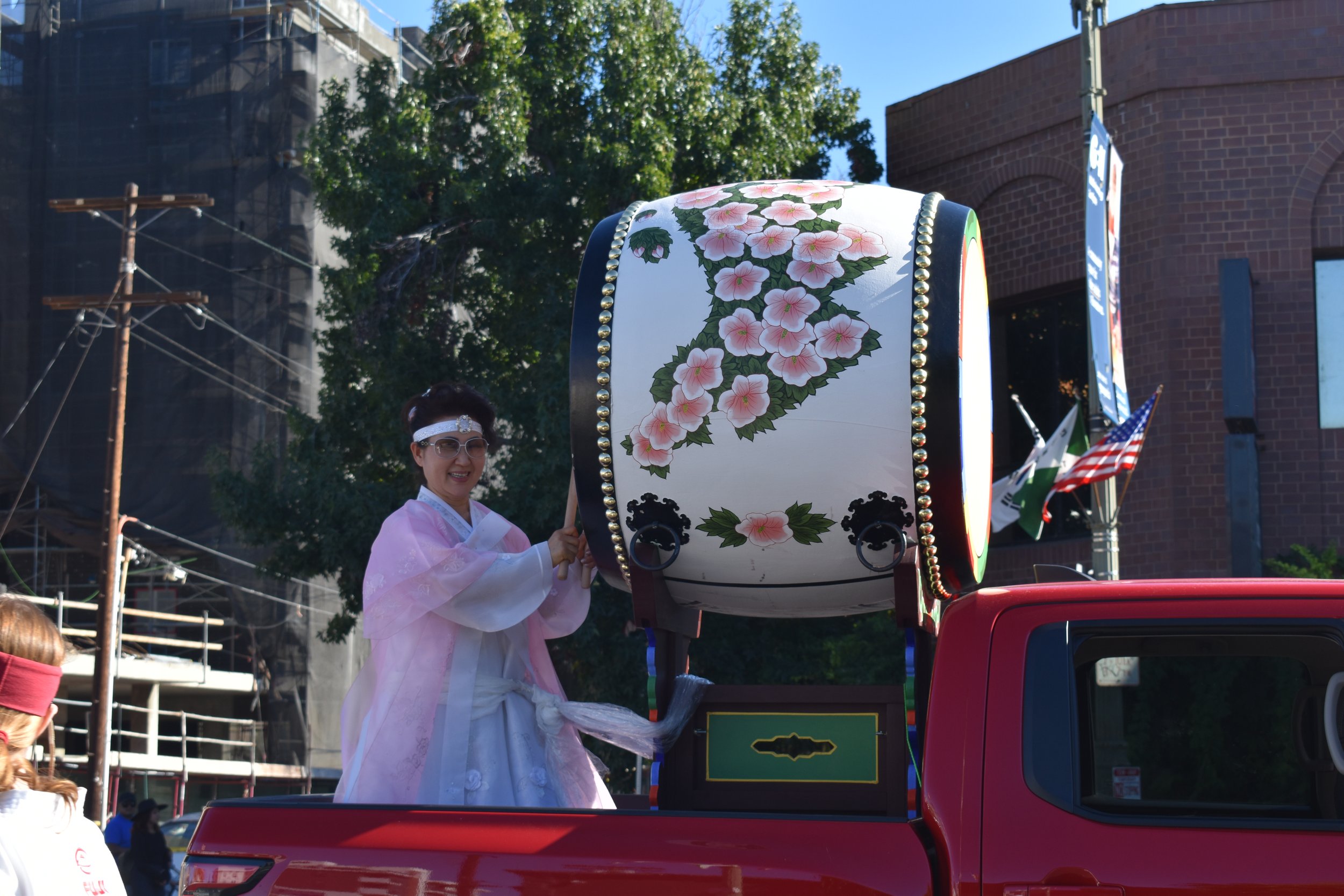Festival of Unity in Koreatown
The Los Angeles Korean Festival Foundation held their 49th annual celebration after a three year hiatus due to the COVID-19 pandemic.
The Los Angeles Korean Festival took place a week after Cheseok, also known as Korean Thanksgiving. The four day festival ran from Thursday, Sept. 22 to Sunday, Sept. 25. The festival was held at the Seoul International Park in Koreatown, stretching from San Marino St. to Olympic Blvd. Los Angeles (L.A.) holds the largest Korean population in the world second to Seoul, with the festival allowing the Korean community to celebrate their heritage with the many other ethnic communities that call Koreatown their home.
The Los Angeles Korean Festival Foundation, a non-profit organization with the sole purpose of organizing and hosting the Los Angeles Korean festival, has celebrated their 49th annual festival after three years of being unable to throw their event due to the COVID-19 pandemic.
Garcetti gave a press release that acknowledged that the festival has evolved into a multicultural event featuring multi-ethnic groups, performances, and exhibits that highlight the diversity of L.A. In her own press release, Karen Bass praised the organizers and volunteers for overcoming adversity and their continued efforts to keep Los Angeles a culturally rich city. The theme of the event this year was Restoration and Unity through the Strength of Hallyu.
Chuseok is one of the most important holidays of the year for Koreans. The holiday period lasts three days. It is also known as a cause of one of the largest annual traffic jams in Korea due to many families leaving Seoul province to visit family living outside of the city.
The Korean festival had many booths set up for attendees to explore. Merchants selling Korean goods, food vendors cooking up amazing Korean Barbeque, games and activities for people of all ages to take part in and local community resources were available for community members to take advantage of. A Lotus flower making station allowed guests to make their own colorful art pieces that they could take back home with them.
Traditional games were aplenty at the festival. Many of these have been picked up in American pop culture. Jegichagi is a game very similar to the American Hacky Sack game, and requires a bit of skill to master. Ddakji has most recently stepped into the spotlight due to its appearance in the popular Netflix series “Squid Game.” Festival attendees were able to make their own ddakji while also familiarizing themselves with the rules of the game.
There was also a Hanbok wearing experience where guests could try on brightly-colored traditional dresses and take a memorable picture to show their loved ones. A Hanbok is a traditional Korean clothing item worn during the 19th and early 20th century. Depending on one’s class, the Hanbok differed in styles and color. Age and marriage status also applied, with younger people wearing brighter colors and married couples often wearing darker green and blue colors. Some colors like green and red were often worn as they were believed to bring prosperity to the wearer.
The Wallis Annenberg GenSpace, a dance studio, took to the main stage and engaged the elderly crowd with a plethora of dance moves that had the audience dancing around. The multicultural dance sequence had a worldly influence with Spanish renditions of popular songs like “Stand By Me” and moves that are inspired from both western and eastern cultures from around the world.
Event volunteer and University of Riverside student Matthias expressed how grateful he was for volunteering at the event.
“I’m glad to be out here supporting the community and spreading the Korean culture as well as connecting other cultures,” he said.
The food may have been the highlight of the whole festival. It was difficult to not go without catching a whiff of something delicious being fired up on the outdoor grill or to see somebody walking by with a mouth watering snack. Event-goer Min was enjoying a chicken skewer when asked what he most looks forward to when coming to the Korean Festival.
“A lot of the time, I come here just to see if I can find old friends I haven't seen in years, and usually I’m right, usually they come here,” he said. His comments show just how integral this festival is to the community at large and really is a part of the Korean cultural identity here in Los Angeles. When asked what his favorite Korean dish was, Min replied jeyak bokkeum, a pork bulgogi dish.
Through overcoming pandemic cancellations and expressing a love for all cultures, the L.A. Korean festival brought restoration and unity to the Koreatown community.

